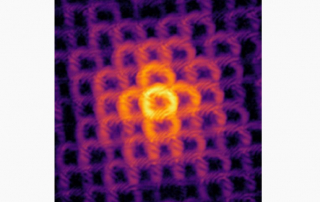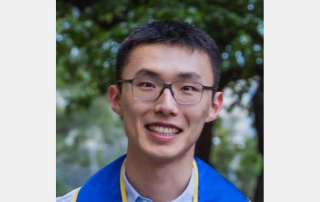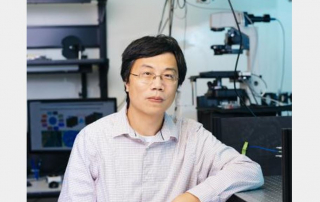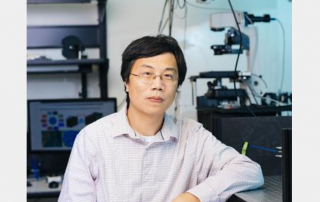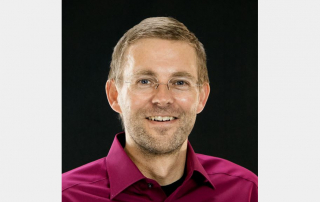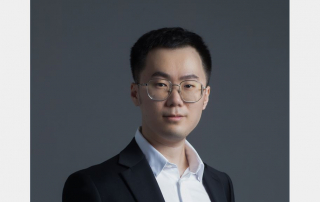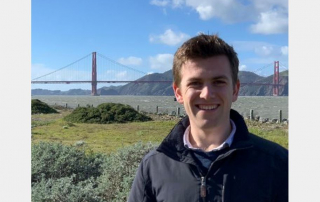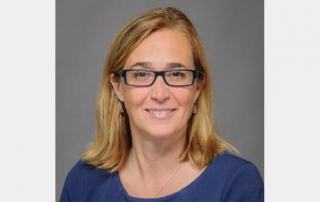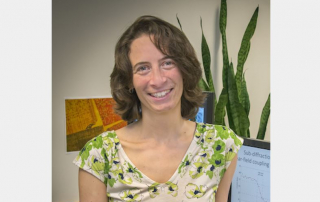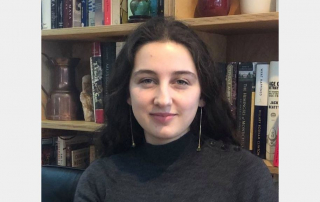High-fidelity imaging of highly periodic structures enabled by vortex high harmonic beams
STROBE scientists solved a major imaging challenge by demonstrating high fidelity short wavelength imaging of highly-periodic structures for the first time, using engineered illumination via high harmonic extreme UV (EUV) beams carrying orbital angular momentum (OAM). This enables high-fidelity imaging and inspection of highly periodic structures for next-generation nano, energy and photonic devices.
Lensless imaging based on coherent diffractive imaging (CDI) enables near-perfect diffraction-limited microscopy at short wavelengths, overcoming the limits of imperfect and lossy optics. However, high fidelity imaging of highly periodic structures has been challenging. In CDI, a beam is scanned across a sample, and the scattered light is collected by a detector. A computer algorithm is then used to reconstruct an image of the sample. However, to retrieve high-fidelity images, the scatter patterns must change as the beam is scanned – which is not the case for highly periodic samples.
Graduate students Bin Wang and Nathan Brooks, working with Henry Kapteyn and Margaret Murnane, solved this long-standing challenge by using high harmonic beams carrying OAM. The high divergence and peak-intensity near their edges introduces strong interference fringes between adjacent diffraction orders in the far-field. These encode phase information into the scattered light as the beam is scanned, significantly enhancing diversity in the diffraction patterns so that the phase can be reliably retrieved. Moreover, defects in otherwise periodic grids can be more sensitively detected with improved signal-to-noise ratio > 100x, and with lower dose and sample damage than for scanning electron microscopy.
Visible laser beams carrying OAM (i.e. donut-shaped) beams revolutionized visible super-resolution microscopy. Now there is a path forward for bringing these powerful capabilities to shorter wavelengths.
